Kimono, Japan
Meaning ‘the thing worn’, kimonos are the ultimate symbol of traditional Japanese culture. From the seventeenth century onwards they developed as the main item of dress for men and woman, and a means of expression for the individual wearer. They are still worn for special occasions, such as weddings, with modern adaptations making an appearance all over the world. The surface decoration is significant, with symbols such as the crane, for example, indicating good fortune and long life.
Coiffe, Brittany, France
A coiffe is an intricate lace headdress worn as part of the folk costumes of Brittany, though now only seen for local festivals, or pardons. The most striking is the bigouden coiffe, from the area around Pont L’Abbé, a starched lace cylinder that rises to up to an astonishing 30–40cm tall.
The keffiyeh, shemagh or ghutrah, the Middle East
The scarf headdress worn by men across the Middle East comes in many variation of colour, style and name. It’s known as shemagh in Jordan and the ghutrah in Saudi Arabia, where it is normally either white or red and white, and held in place by the agal, a black band. However, the Palestinian black-and-white keffiyeh is the most recognizable verson, having been appropriated worldwide both as a symbol of protest and a fashion item, most absurdly when Balenciaga produced one for their 2007 catwalk show.
Changing the Guard, Seoul, South Korea
Seoul is a frenetic, modern city, and its pop culture is taking over the world, but at its heart are a series of beautiful royal palaces such as Gyeongbokgung. Here they have revived the costumes and traditions of the Joseon dynasty’s Changing the Guard ceremony, which is re-enacted three times a day.
The ten-gallon Stetson, Texas, USA
Yee ha! Enormous Stetson, boots…rhinestones? The southern cowboy’s work wear has been glammed up a bit, thanks to the stars of both kinds of music, but the hat remains a true American icon. John B. Stetson was in fact from Philadelphia, and he started his company there in 1865, but it’s always been a symbol of cowboy country, and in Texas the ten-gallon Stetson is the only style to be seen in.!
usa.JPG
Flamenco dresses, Andalucía, Spain
Traje de flamenco or traje de gitana are the flamboyant dresses that finish in a cascade of ruffles (volantes), which are synonymous with the flamenco dancers of southern Spain. Seville’s Feria de Abril is the best time to see them worn by local women. However, the ultimate flamenco dress is the bata de cola, the long-tailed version worn for the style of dance of the same name, an intricate and beautiful dance where the dancer controls the tail so that it swishes and flicks as if it has a life of its own.
Conical hats, Vietnam
Vietnam is home to an extraordinary wealth of clothing traditions, with the most elaborate outfits found in the north, such as red brocades of the Flower Hmong people and the decorated headdresses of the Red Dao. However, the most recognisably Vietnamese item is the conical hat, or non la, an essential accessory throughout the country. The version available Hué, non bai tho, has lines of poetry written into the brim, only visible when you hold it up to the light.
Nagaland, northern India
Visit the northern Indian region of Nagaland for the Hornbill Festival in December and you’ll witness a sartorial treat. During the festival each of the tribes of the Nagaland show their finery, each tribe having its own magnificent style, and with a spectacular range of headdresses on display, incorporating feathers, cane, dyed goat fur and boar tusks. The region is also known for its crafts and weaving, including beautiful Naga shawls.
Gho, Bhutan
In Bhutan, a tiny Himalayan kingdom tucked between China and India, it’s obligatory for everyone to wear the national dress. For men this means the gho, a knee-length gown tied at the waist by a belt called a keram. For formal occasions a silk scarf, a kabney, is added to the ensemble, the colour of which depends on the wearer’s status. For the women, traditional dress is typically an ankle-length dress called a kira, and the equivalent scarf is called a rachus.
Sámi clothing, Lapland
The northernmost reaches of Norway, Sweden and Finland, and the Kola peninsula of northwest Russia, are home to the Sámi, who are among the oldest peoples in Europe. There are variations in costume throughout the region, though the main item is the kolt (or gákti in northern Sámi), a tunic or dress. The simple bright colours of blue, red, yellow and green always feature and reindeer skin and fur is used for belts, boots and gloves.
Herero women, Namibia
The traditional dress of the Herero women in Namibia is an adaptation of Victorian dress, as worn by the German colonists they fought in a bloody conflict at the start of the twentieth century, and now retained as a proud part of Herero identity. The silhouette is distinctive: a full, floor-length skirt, fitted bodice with puffed sleeve, with a magnificent horn-shaped hat, the shape of cattle horns, completing the look.
Maasai beadwork, Kenya
One of the smaller ethnic groups in Kenya, but one of the most recognisable, the Maasai’s reputation worldwide belies its size, no small part thanks to their stunning attire: brilliant red cloth, extraordinarily intricate beadwork and – for young men – long, ochre-dyed hair. The beadwork in particular contains much meaning, a bride’s collar being the pinnacle of Maasai craftsmanship.
Balinese temple dress, Indonesia
Anyone visiting a Balinese temple should at least wear two basic elements of Balinese traditional dress, a sash (selendang) and a sarong-style skirt known as a kain. However, the full Balinese outfit for women, which also includes the kebaya blouse, is an elaborate ensemble worn for temple festivals that shows off Bali’s gorgeous textiles, such as ikat weaving and batik, to the full.!
indonesia.JPG
The Sari, India
Ostensibly the simplest item of clothing possible – a single length of fabric, up to nine metres long – the sari is also one of the world’s most versatile and stylish garments, which can be draped in dozens of different ways. The sari spans all of Indian society, from simple cotton versions that are woven in the street throughout the villages of India to extremely glamorous contemporary styles that grace the catwalk during India Fashion Week.
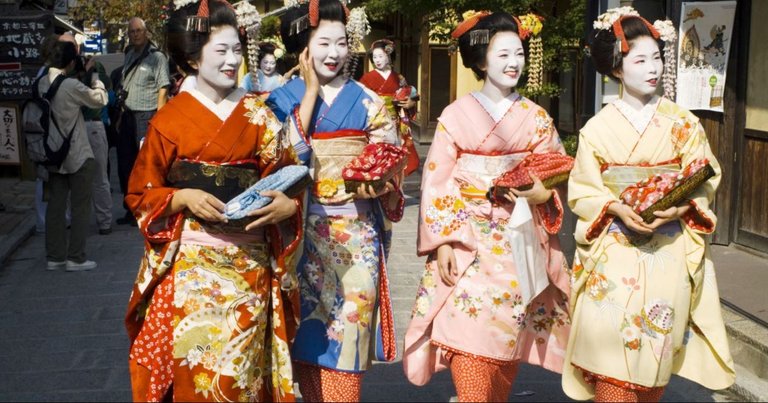
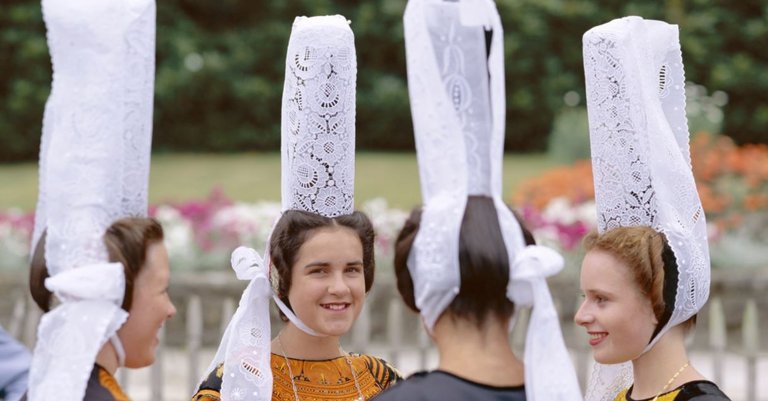

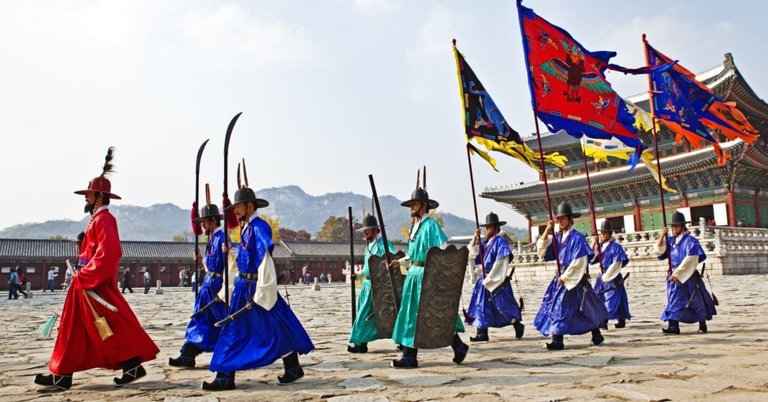


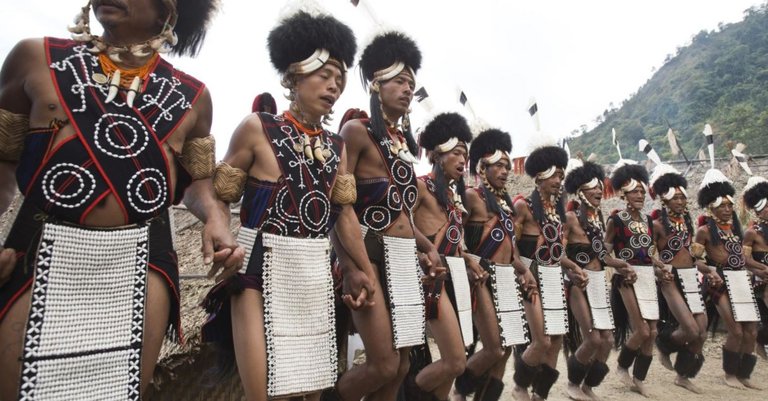
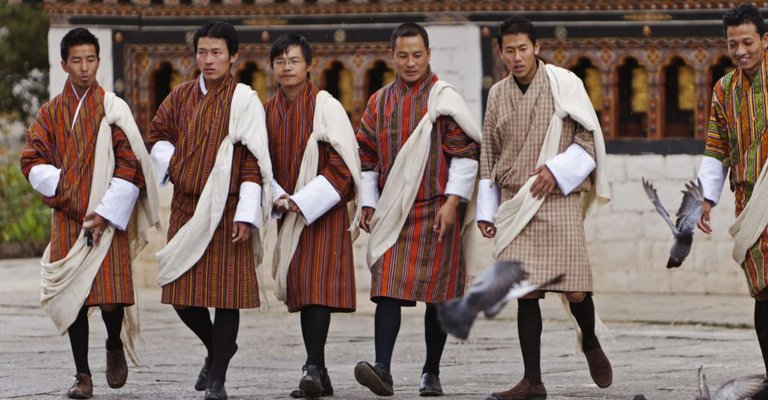
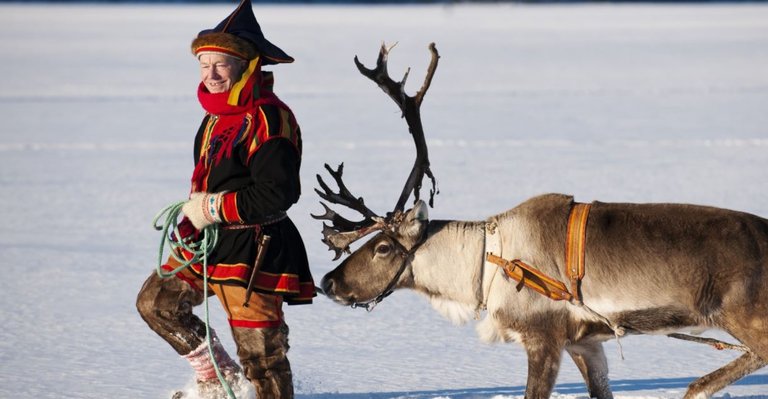
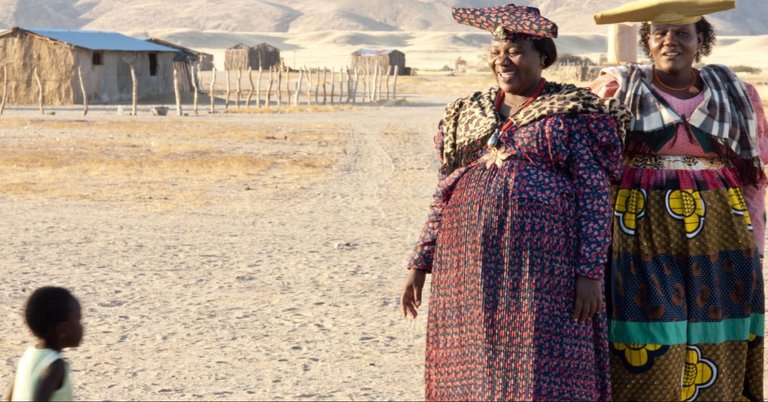
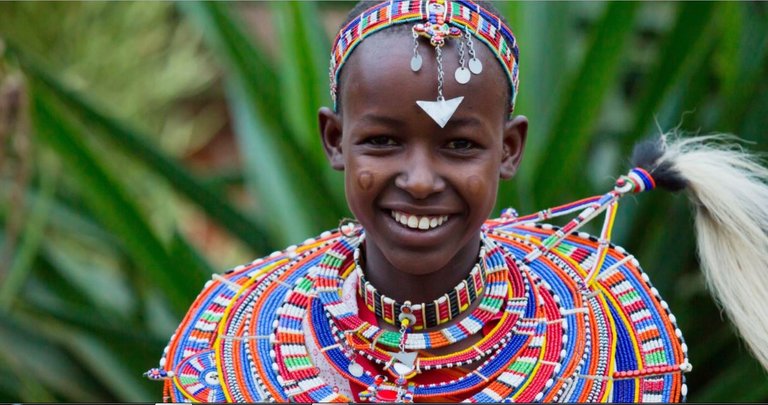
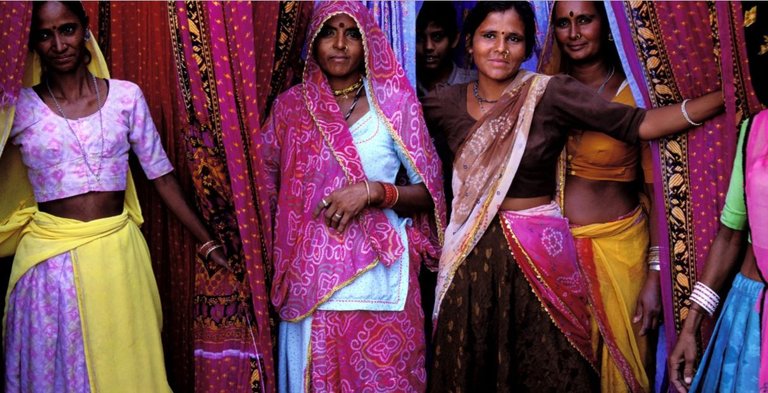
Hi! I am a robot. I just upvoted you! I found similar content that readers might be interested in:
https://www.roughguides.com/activity/people/page/6/
I am following you, please follow me.